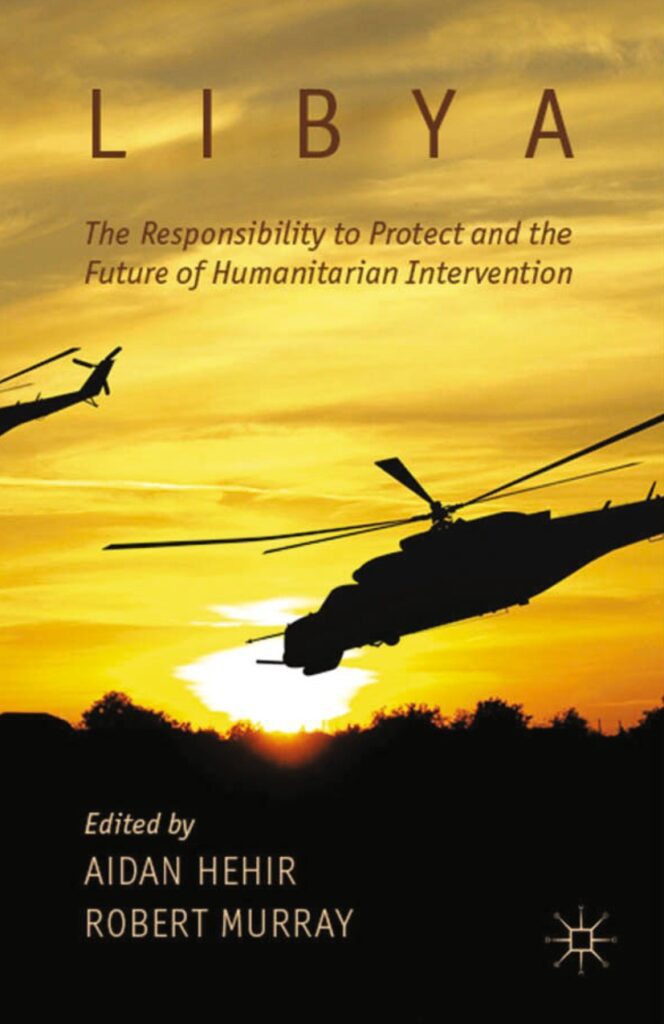The content is about the ethical debates surrounding humanitarian interventions and the Responsibility to Protect (R2P) principle. It discusses the historical context of R2P and its ethical foundations. The tension between the responsibility to protect and national sovereignty is explored, as well as the role of the international community in responding to mass atrocities. The effectiveness of humanitarian interventions is also debated, with critics pointing out potential drawbacks. Case studies on Kosovo, Libya, and Syria are mentioned to illustrate the complexities surrounding R2P. The conclusion emphasizes the importance of open dialogue and ethical analysis in protecting human rights and preventing future atrocities.
The Responsibility to Protect: Ethical Debates Surrounding Humanitarian Interventions
Introduction
In recent years, the idea of the “Responsibility to Protect” (R2P) has gained significant attention in international relations and human rights discussions. R2P refers to the notion that states have a responsibility to protect populations from mass atrocities and human rights violations. This concept has sparked ethical debates around the use of humanitarian interventions in situations where governments fail to protect their own citizens.
Historical Context
The development of the Responsibility to Protect concept can be traced back to the failures of the international community to prevent genocides, such as the Holocaust and the Rwandan genocide. These events highlighted the need for a framework that would prevent such atrocities from occurring in the future. In 2005, the United Nations General Assembly formally adopted R2P as a guiding principle.
Ethical Foundations
The ethical underpinnings of R2P draw from a range of moral theories, including consequentialism, deontology, and cosmopolitanism. Proponents argue that the principle aligns with the fundamental moral duty to protect innocent lives and prevent the suffering of individuals. They believe that humanitarian interventions, including military operations, can be justified when they aim to save lives and prevent further atrocities.
Protection vs. Sovereignty
One of the key ethical debates surrounding R2P revolves around the tension between the responsibility to protect and the concept of national sovereignty. Critics argue that humanitarian interventions infringe upon a state’s right to self-governance and interfere in internal affairs. They argue that R2P could be used as a pretext for powerful states to pursue their own geopolitical interests under the guise of protecting human rights.
The Role of the International Community
R2P raises questions about the role of the international community in responding to mass atrocities. Some argue that the responsibility should primarily fall on individual states, while others advocate for a stronger role for international institutions, such as the United Nations Security Council. Issues surrounding the legitimacy of decision-making processes, the criteria for intervention, and the use of military force remain contentious and require careful ethical consideration.
The Effectiveness of Humanitarian Interventions
Another ethical debate revolves around the effectiveness of humanitarian interventions in achieving their stated goals. Critics argue that such interventions often exacerbate existing conflicts, cause civilian casualties, and can lead to unintended consequences, such as state collapse or prolonged instability. They suggest that alternative non-military approaches, such as diplomatic negotiations or economic sanctions, should be prioritized in addressing human rights violations.
Case Studies
Examining specific case studies can provide valuable insights into the ethical complexities surrounding humanitarian interventions. The interventions in Kosovo, Libya, and Syria have generated a range of opinions on the effectiveness and legitimacy of R2P. These cases highlight the challenges of balancing humanitarian concerns with political realities, and the difficulty of assessing the long-term impact of interventions.
Conclusion
The Responsibility to Protect is a morally charged concept that has ignited intense ethical debates surrounding humanitarian interventions. While the principle carries the weight of preventing mass atrocities, it also raises important questions about national sovereignty, the role of the international community, and the effectiveness of different approaches. As the international community grapples with these ethical dilemmas, it is essential to foster open dialogue and engage in rigorous ethical analysis to ensure the protection of human rights and the prevention of future atrocities.
